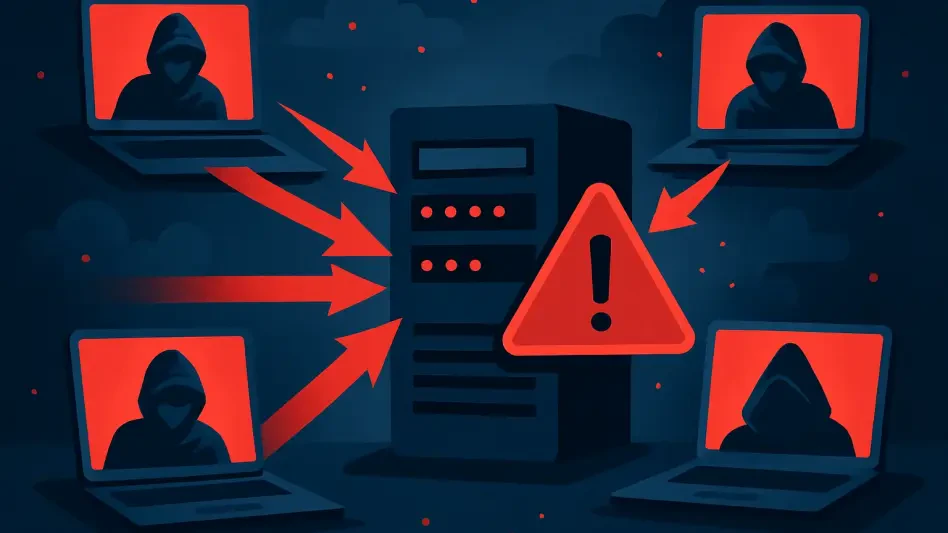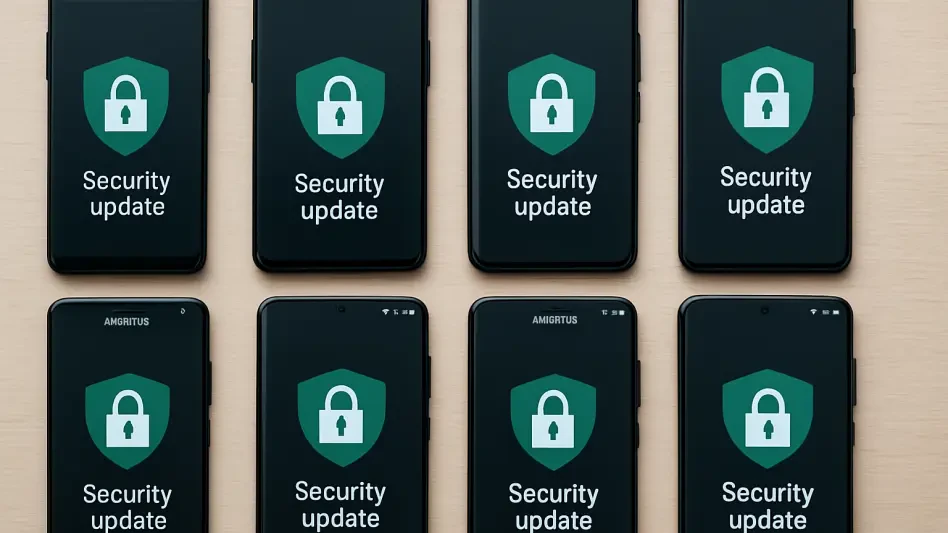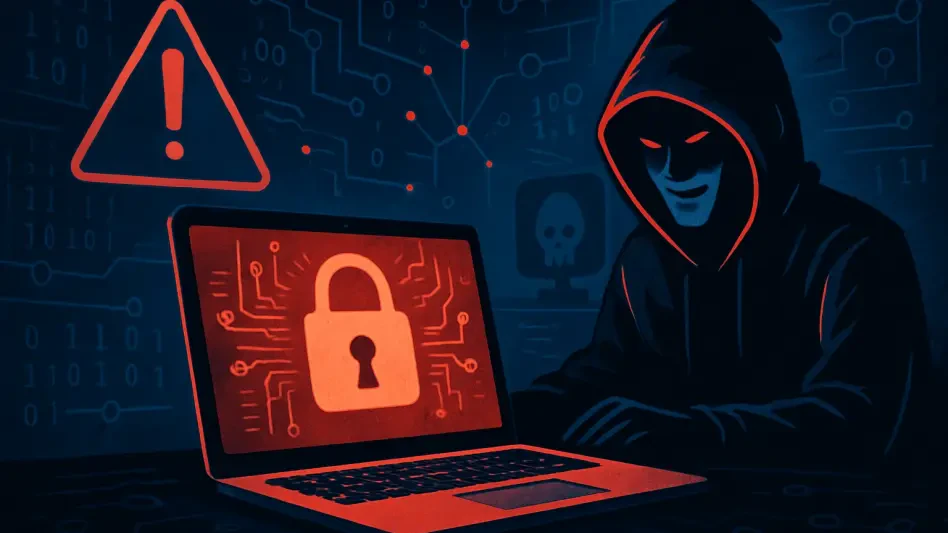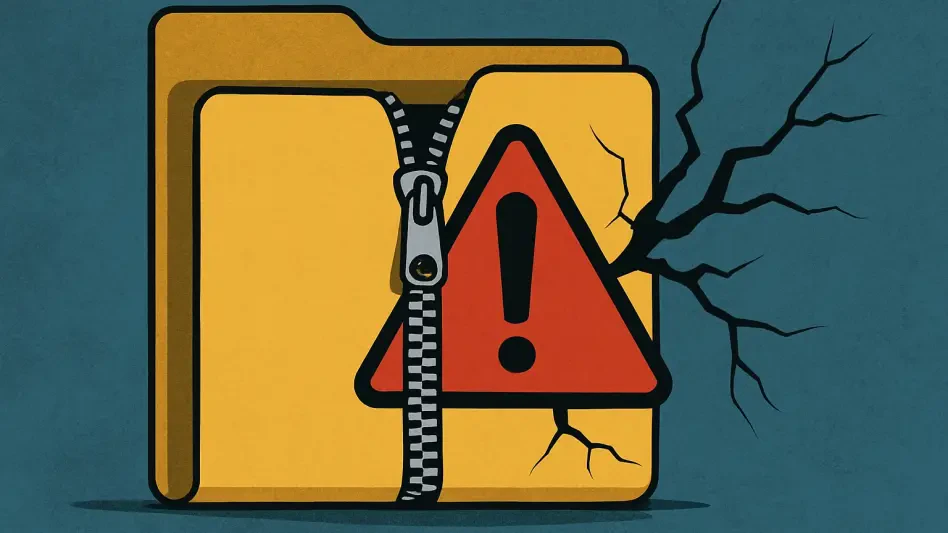In a startling turn of events, millions of gamers and internet users worldwide found themselves disconnected from their favorite platforms on a seemingly ordinary evening, starting around 8:00 PM EDT on October 6th. Major gaming services like Steam, Riot Games, PlayStation Network, and Epic Games, alongside non-gaming giants such as Hulu and AWS, faced unprecedented disruptions that left users stranded and frustrated. Suspicions quickly turned to a massive distributed denial of service (DDoS) attack, potentially orchestrated by the notorious Aisuru botnet, which reportedly shattered records with an attack bandwidth of 29.69 terabits per second (Tbps). This incident has not only disrupted online entertainment but also raised alarming questions about the vulnerability of internet infrastructure. As cybersecurity experts scramble to analyze the scale and sophistication of this suspected cyberattack, the event marks a critical moment in the ongoing battle against escalating digital threats.
The Scale of Disruption and User Impact
Widespread Outages Across Platforms
The wave of disruptions that hit on October 6th affected a staggering array of services, with multiplayer gaming communities bearing the brunt of the chaos. Titles like Counter-Strike, Dota 2, Valorant, and League of Legends saw thousands of players disconnected from servers, unable to engage in matches or access online features. Riot Games, one of the hardest-hit companies, issued a statement on their status page acknowledging critical disconnection issues across multiple platforms, including Windows, macOS, iOS, and Android. As a temporary measure, ranked queues were disabled to prevent further disruption while investigations continued. Beyond gaming, the impact extended to internet infrastructure providers like Xfinity, highlighting the attack’s broad reach. This widespread effect suggests a coordinated effort targeting not just entertainment but the stability of essential online services, leaving millions of users in limbo and raising concerns about the fragility of digital ecosystems.
Social Media Backlash and User Frustration
As outages persisted, social media platforms became a sounding board for frustrated users venting their grievances. On platforms like X, posts flooded in from gamers and non-gamers alike, detailing their struggles to access services and expressing dismay at the scale of the disruptions. Many highlighted how the incident affected not only their leisure time but also critical online activities, with some unable to stream content on Hulu or utilize AWS for work-related tasks. The sheer volume of complaints painted a picture of global irritation, with hashtags related to the outages trending rapidly. This public outcry underscored the deep reliance on stable internet services in daily life and amplified the urgency for affected companies to address the issue. The collective frustration also served as a stark reminder of how interconnected and dependent modern society has become on digital platforms, pushing the conversation toward accountability and improved defenses.
The Technical Threat and Cybersecurity Challenges
Unpacking the Aisuru Botnet’s Record-Breaking Power
At the heart of the suspected attack lies the Aisuru botnet, a cybercrime infrastructure that cybersecurity experts believe unleashed a staggering 29.69 Tbps of bandwidth, surpassing the previous record of 22.2 Tbps. First identified by researchers in recent months, Aisuru has grown into a formidable network controlling around 300,000 nodes by exploiting vulnerabilities in internet-connected devices such as A-MTK cameras, D-Link routers, Linksys routers, and DVRs. Its operators employ advanced tactics to mimic legitimate traffic, making detection and mitigation exceptionally difficult for even the most robust defenses. This latest incident marks a significant escalation from prior attacks attributed to Aisuru, showcasing a bandwidth capability that dwarfs earlier peaks. The sophistication and scale of this botnet highlight a pressing need for innovative solutions to counter such threats, as traditional methods struggle to keep pace with these evolving digital assaults.
Global Reach and Evolving Tactics of Cyber Threats
The Aisuru botnet’s impact is not confined to a single industry or region; it targets hundreds of entities daily across countries like China, the United States, Germany, the United Kingdom, and Hong Kong with no apparent selectivity. This indiscriminate strategy, coupled with reports of the botnet being used for proxy services, amplifies its malicious potential and complicates efforts to predict and prevent attacks. Cybersecurity analysts have also noted hints of ideological motivations behind Aisuru’s operations, though concrete details remain elusive. The botnet’s rapid growth and organized structure pose a unique challenge, as its ability to evade conventional security measures continues to improve. With each attack, the stakes grow higher, emphasizing the importance of international collaboration and advanced defensive technologies. As threats like Aisuru evolve, the cybersecurity community faces an uphill battle to safeguard critical internet infrastructure from increasingly sophisticated adversaries.
Looking Ahead: Strategies for Resilience
Building Stronger Defenses Against Future Attacks
Reflecting on the massive disruptions caused by the suspected Aisuru botnet attack, it became evident that bolstering cybersecurity defenses was an urgent priority for companies and governments alike. Efforts focused on deploying global patches and enhancing detection systems to counter sophisticated tactics like TCP carpet bomb attacks that characterized this incident. Collaboration between industry leaders and cybersecurity experts proved essential in sharing intelligence and developing more resilient infrastructure. Investments in machine learning and AI-driven threat detection emerged as a key strategy to identify and mitigate attacks before they escalated. This event served as a wake-up call, prompting a reevaluation of existing protocols and a push toward proactive measures that could withstand the unprecedented bandwidths seen in recent cyberattacks.
Fostering International Cooperation and Awareness
In the aftermath of the October 6th disruptions, a renewed emphasis on international cooperation took center stage as a vital step in combating botnets like Aisuru. Nations and organizations recognized the need to work together to dismantle cybercrime networks that operated across borders with impunity. Initiatives to raise public awareness about securing internet-connected devices gained traction, as vulnerabilities in everyday technology often served as entry points for such attacks. Policies aimed at standardizing cybersecurity practices globally were discussed, with a focus on creating a unified front against digital threats. This collective response underscored a commitment to not only react to past incidents but also anticipate and prevent future escalations, ensuring a safer online environment for all users in the years ahead.








